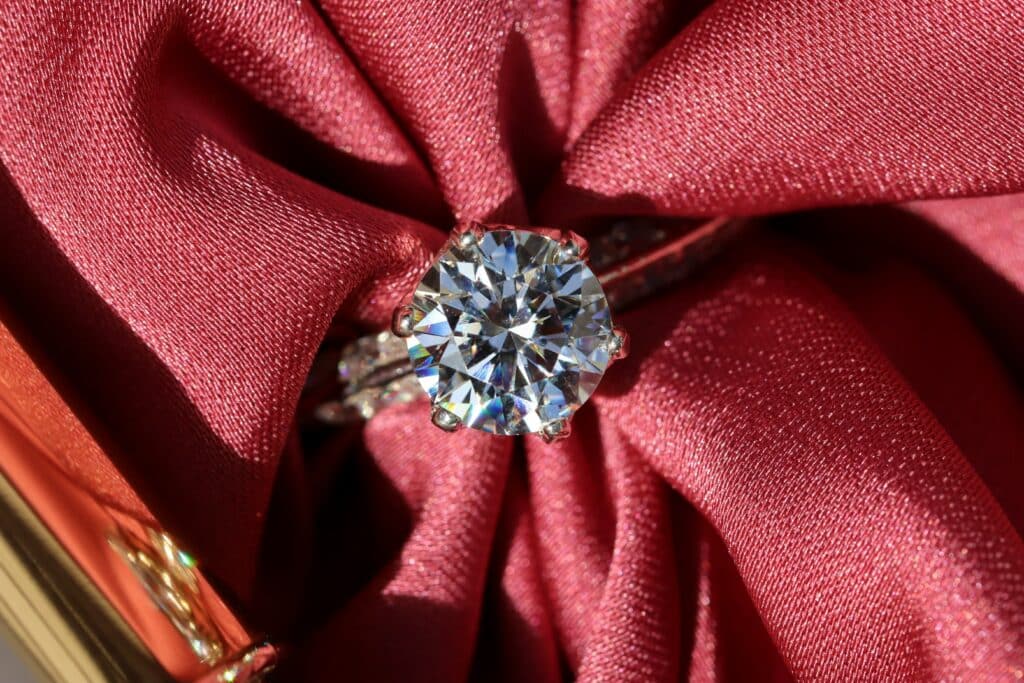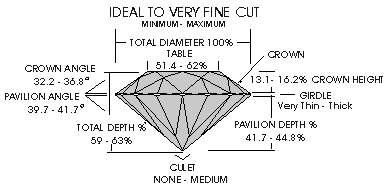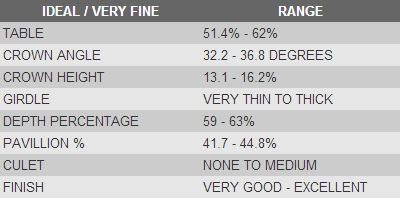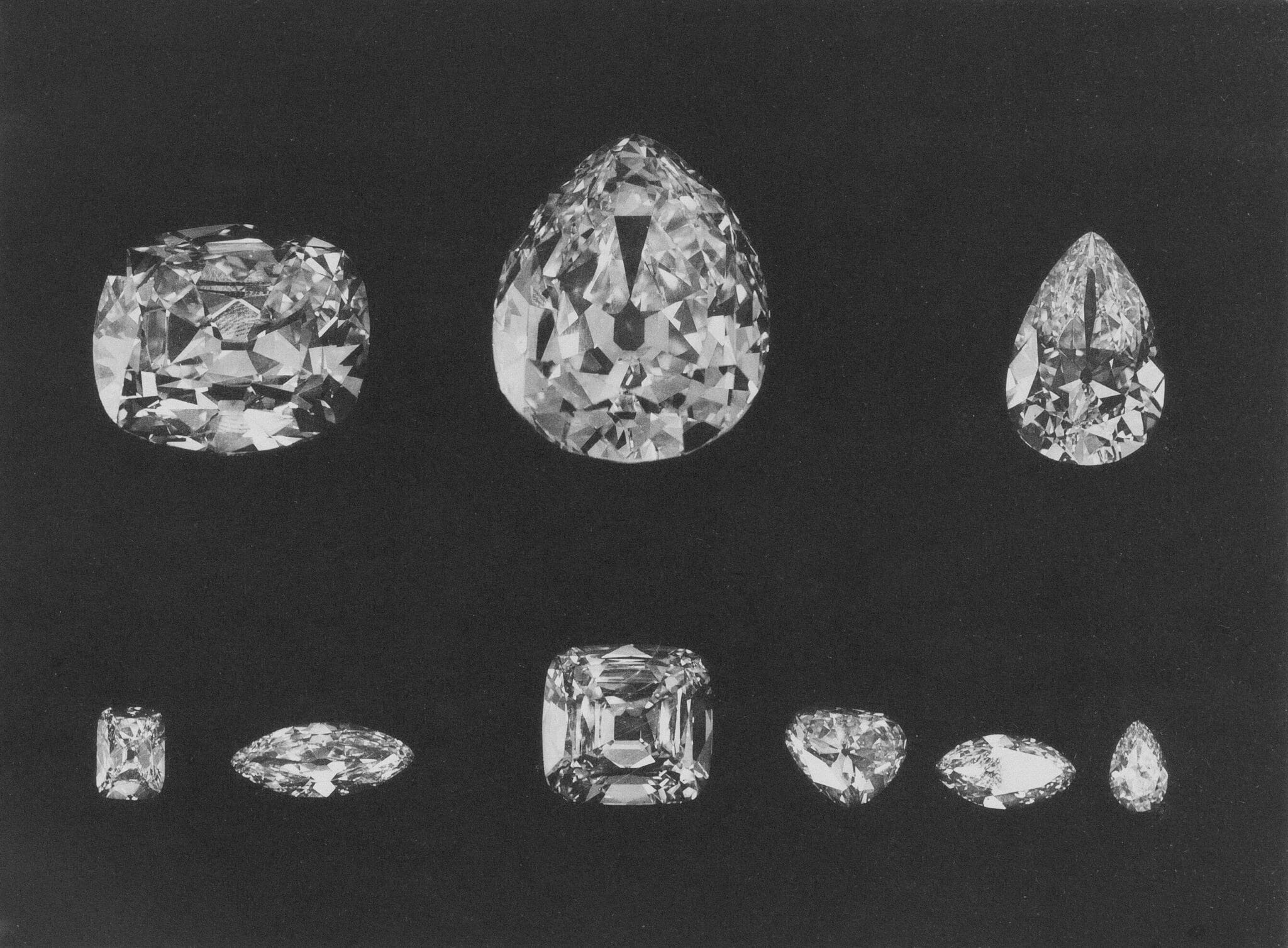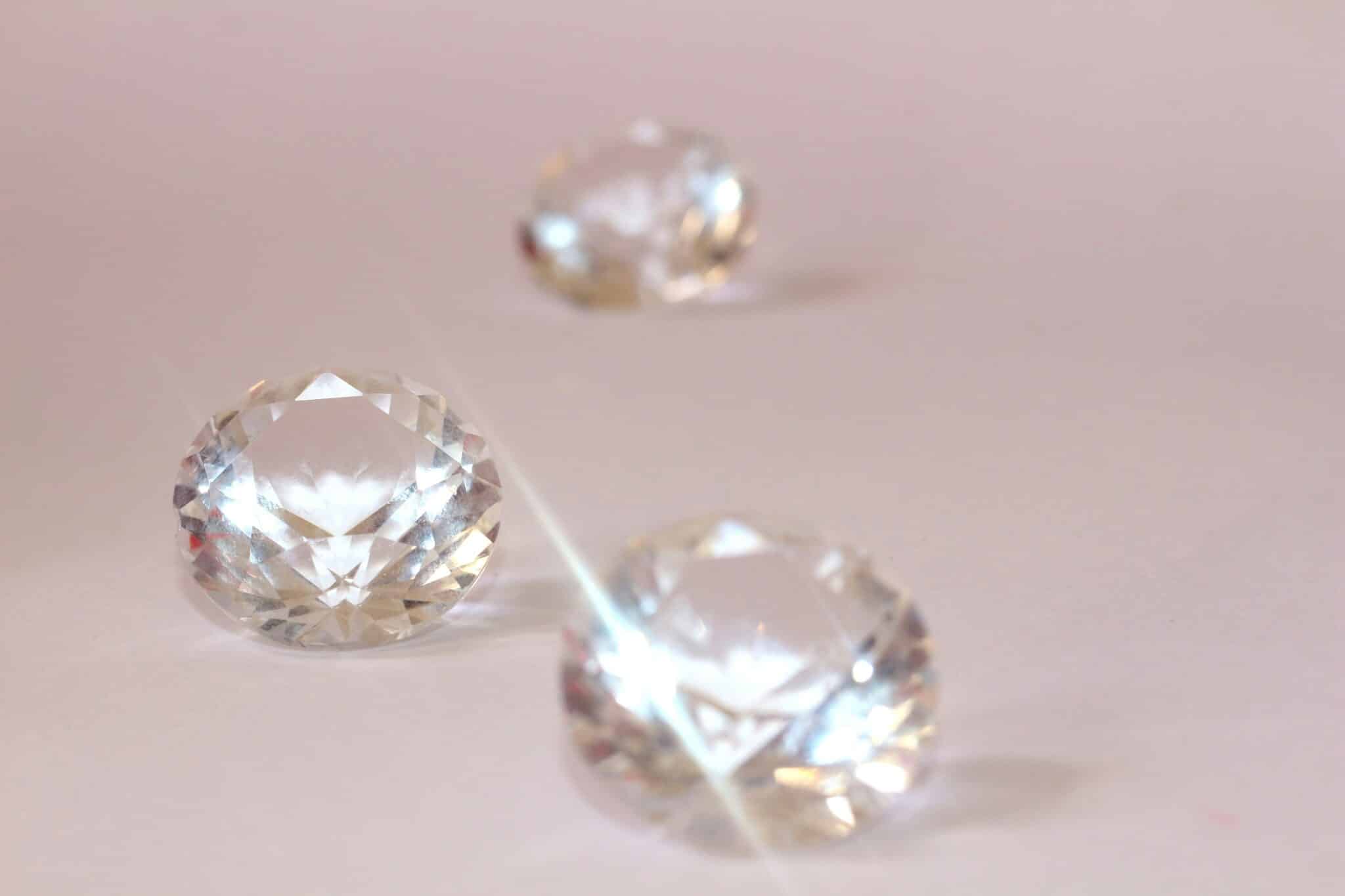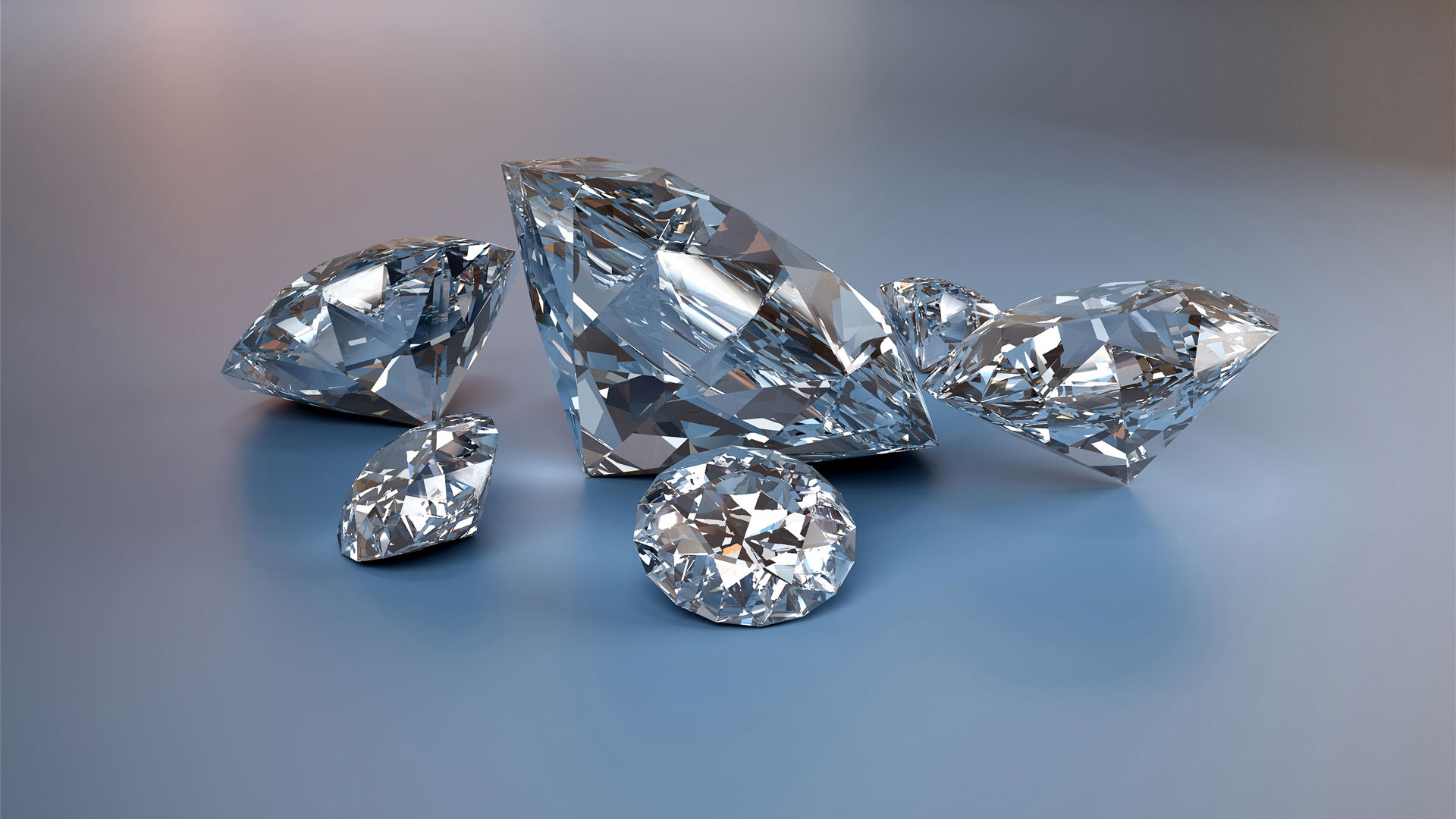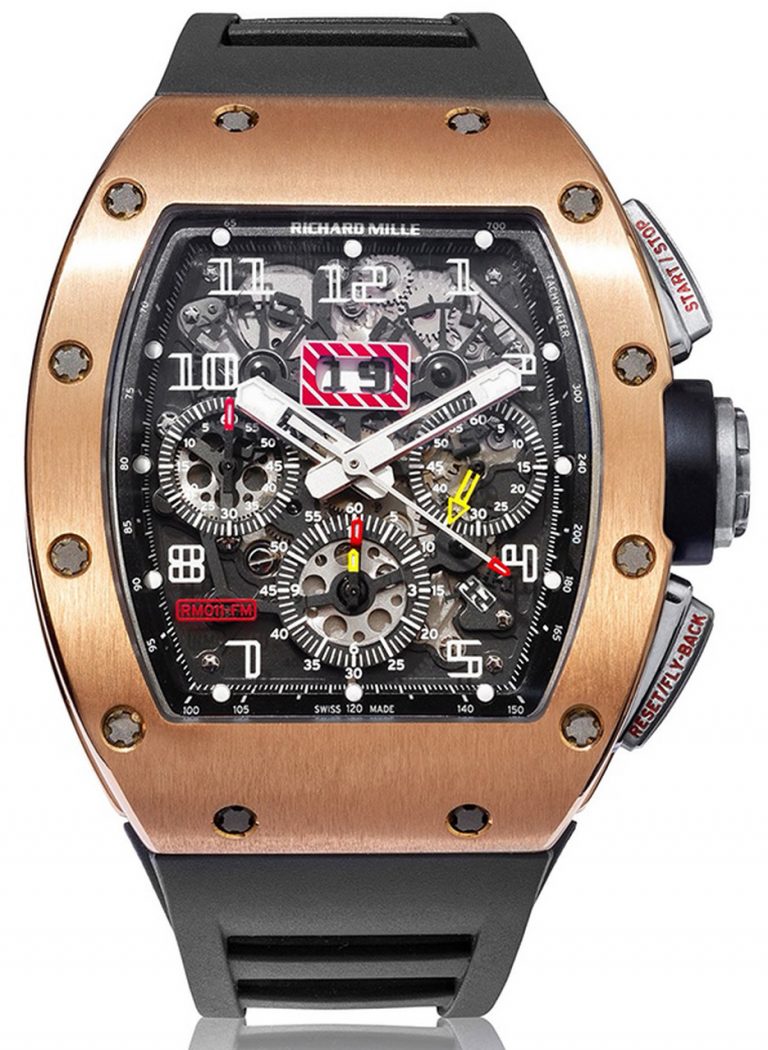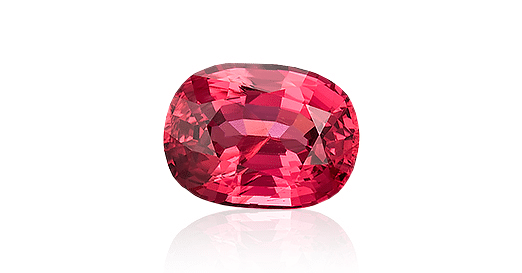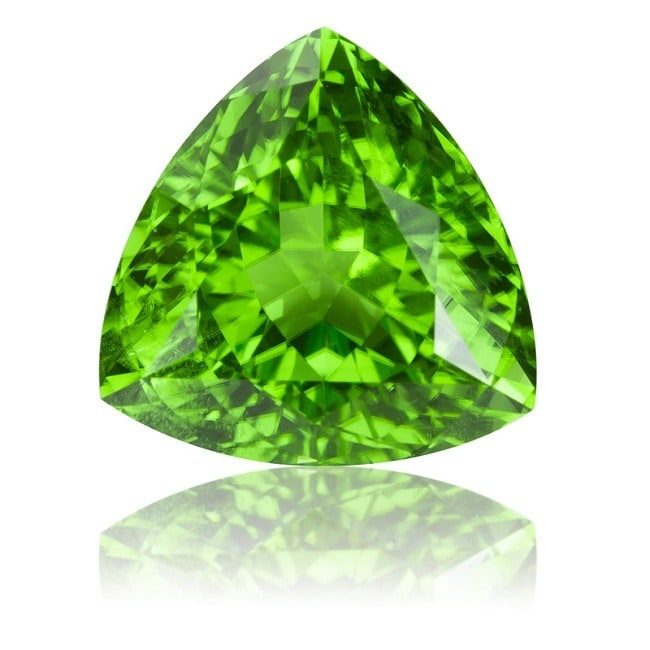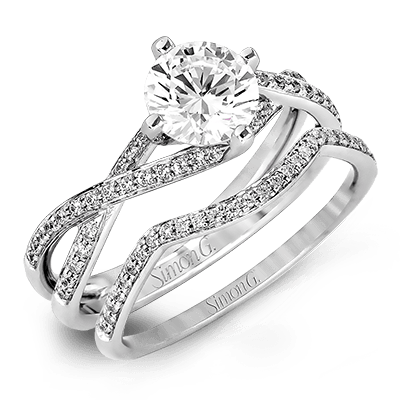Picking a Loose Diamond
Buying a loose diamond instead of a pre‑set ring empowers you to take full control of quality, style, and budget. With the stone in hand first, you can evaluate the true characteristics of the diamond, its cut, color, clarity, and carat weight, without a setting hiding imperfections or inflating the price. This comprehensive guide covers everything you need to know, from mastering the 4 C’s to choosing shapes, understanding certification, and finding the best deals, so you can confidently select a loose diamond that dazzles today and retains value tomorrow.
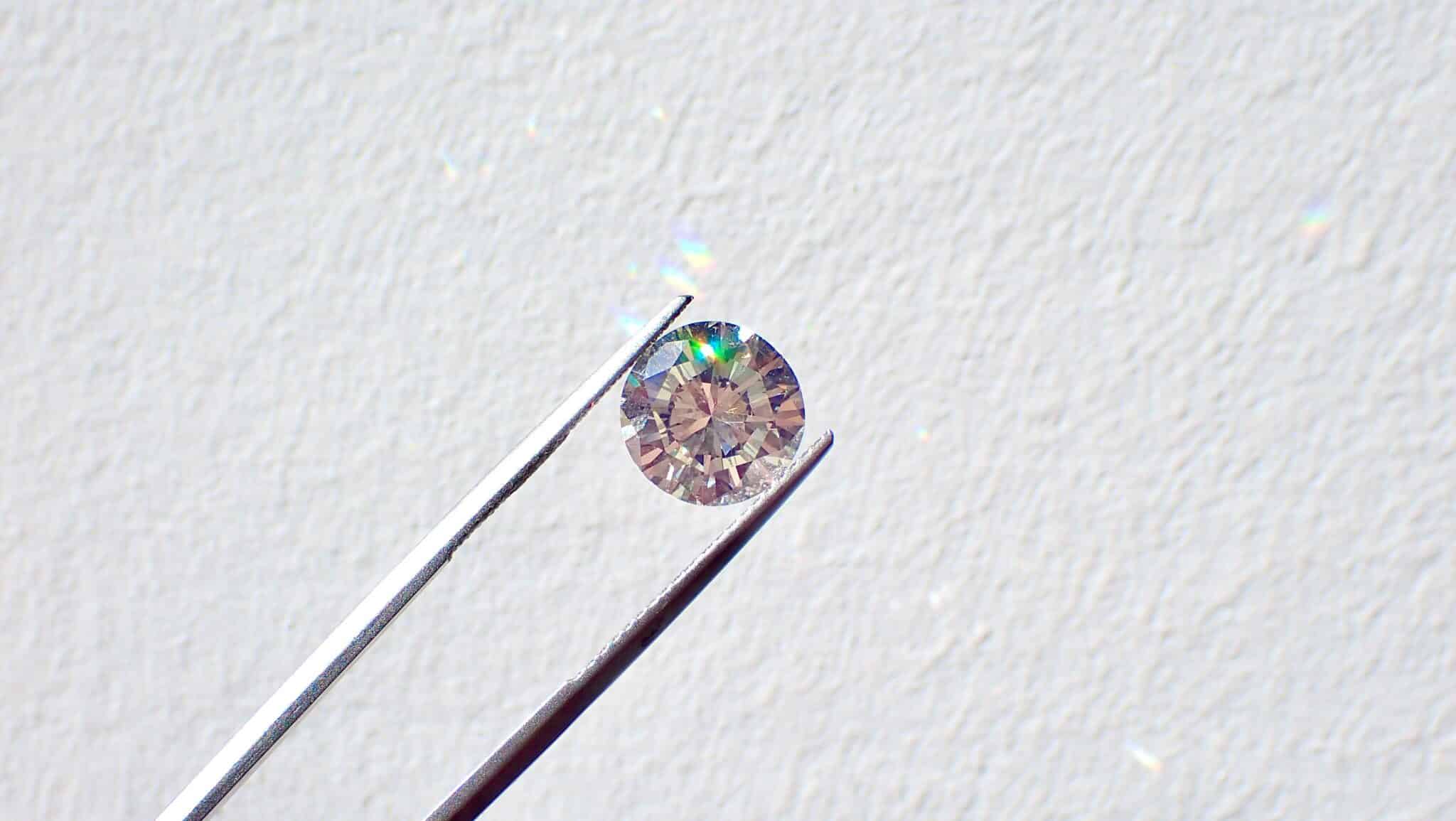
Why Choose a Loose Diamond?
When you shop for a loose diamond, customization becomes effortless. You’re free to design a one‑of‑a‑kind engagement ring, pendant, or pair of earrings that perfectly reflect your or your partner’s style. Loose diamonds also ensure rigorous quality control: you can inspect each stone under magnification to confirm it meets your standards before it’s set. Price transparency is another major benefit. By comparing loose diamonds online, you can avoid the hidden markups often added to pre-set jewelry and find the best value for your budget. Finally, premium loose diamonds typically appreciate in value over time, offering an investment that can be reset or upgraded later.
Mastering The Four C’s of Diamonds
The price of a diamond varies depending on the four C’s: Cut, Color, Clarity, and Carat Weight.
1. Cut
When a diamond is cut to ideal proportions, the light will reflect from one mirror-like facet to another and disperse through the top of the stone, resulting in a brilliant display. Diamonds that are cut too shallow or deep will lose light through the sides and bottom of the stone and may have a dark center.
2. Color
Diamond color is graded on a scale from D to Z. Truly colorless stones are rated D and are extremely rare. Value starts to drop significantly at grades L, M, and N and then increases again at the very end of the spectrum, which includes fancy diamonds that can be yellow, blue, pink, or another color.
3. Clarity
Virtually all diamonds have some type of inclusions or flaws. The difference in the clarity of stones depends on the naked eye or only when magnified 10 times under a microscope. The location of the flaws is also important. Clarity is graded on a scale with flawless (F) or internally flawless (IF) at the top, followed by VVS1 and VVS2 (very, very slight inclusions), VS1 and VS2 (very slight inclusions), SI1 and SI2 (slight inclusions), and I1, I2 and I3, which means inclusions are visible to the naked eye. The smaller the number, the fewer the inclusions. Diamonds any lower on the clarity scale are not considered gemstones and are used mainly for industrial purposes.
4. Carat Weight
The carat is a unit of weight derived thousands of years ago from the relatively constant weight of the carob seed. Carats are divided into 100 points. The carat weight is the size of the stone and has no bearing on the color and clarity of a diamond.
Finding the Perfect Shape
Beyond the 4 C’s, the diamond’s shape defines its personality:
- Round Brilliant: The timeless classic, prized for maximum fire and sparkle, though it commands the highest price per carat.
- Oval & Pear: These elongated shapes create a larger face‑up appearance and visually slenderize the finger, often at 10–20% savings versus round brilliants.
- Princess: A square-modified brilliant that combines bold geometry with dazzling facets, typically more affordable than rounds.
- Emerald & Asscher: Step‑cut designs are known for their “hall of mirrors” elegance; these require higher clarity to avoid visible inclusions.
- Cushion & Radiant: Vintage‑inspired cuts that marry pillow‑like shapes with exceptional brilliance, often masking lower color grades beautifully.
Fancy shapes (anything other than round) usually cost less per carat and can appear larger, making them a savvy choice for many buyers.
Diamond Certification
We always give you a grading report from an independent laboratory to ensure your diamond’s quality is accurately represented. The Gemological Institute of America (GIA) remains the industry gold standard, prized for its rigorous, consistent grading across all 4 C’s. The American Gem Society (AGS) is equally respected, especially for its advanced light‑performance cut grades, and is now part of the GIA family.
For lab‑grown diamonds, the International Gemological Institute (IGI) offers reliable certification when sourced from reputable vendors. Whatever report you choose, never rely solely on a jeweler’s in‑house appraisal. Instead, cross‑check the certificate number laser‑inscribed on the diamond’s girdle against the lab’s database to confirm you’re getting exactly the stone you’re paying for.
Natural vs. Lab‑Grown Diamonds
When deciding between a natural and a lab‑grown diamond, it helps to weigh tradition, value, and sustainability.
Natural diamonds are prized for their rarity, storied provenance, and strong track record of maintaining, or even increasing, their resale value over time; they carry a sense of heritage and heirloom potential that many collectors and traditionalists find irresistible.
In contrast, lab-grown diamonds deliver the same chemical composition, optical brilliance, and hardness as mined stones, but often at 30–50% lower cost, making them a smart choice for budget-minded couples. Because they’re created in controlled, energy-efficient environments, lab-grown gems also appeal to eco-conscious shoppers seeking conflict-free sourcing. Today’s lab-grown diamonds come with the same independent certifications (GIA, IGI) you trust for natural stones, so you never have to compromise on quality or peace of mind.
Choose a natural diamond if you value time‑honored tradition and long‑term investment potential; choose a lab‑grown stone if you prefer significant savings, ethical transparency, and cutting‑edge innovation, all without sacrificing sparkle.
Fluorescence: A Hidden Value Play
About one‑third of diamonds display fluorescence, a soft glow under ultraviolet light, graded on reports as None, Faint, Medium, Strong, or Very Strong. For most buyers, stones with Faint to Medium blue fluorescence appear identical to non-fluorescent diamonds in everyday lighting, yet they typically sell for 5–15% less, making them a savvy budget-stretching choice. In fact, faint fluorescence can even help mask slight warmth in lower‑color grades (H–J), giving the appearance of a whiter sparkle. However, be cautious with Strong or Very Strong fluorescence in K‑and‑up colors, as these can sometimes appear milky or hazy in bright sunlight or LED. Always review the fluorescence grade on the GIA or AGS certificate, and when possible, view the stone yourself under both natural and indoor lighting before making a purchase.
Final Diamond Inspection Checklist
Before you pay, we will:
Verify the certificate number matches the girdle inscription.
Every reputable loose diamond comes with a unique report number from its grading lab (e.g., GIA, AGS, IGI). Before you finalize your purchase, use a jeweler’s loupe to locate the microscopic inscription on the diamond’s girdle and confirm it exactly matches the lab report. This step ensures you’re receiving the stone you reviewed on the certificate and not a look‑alike with different quality or characteristics.

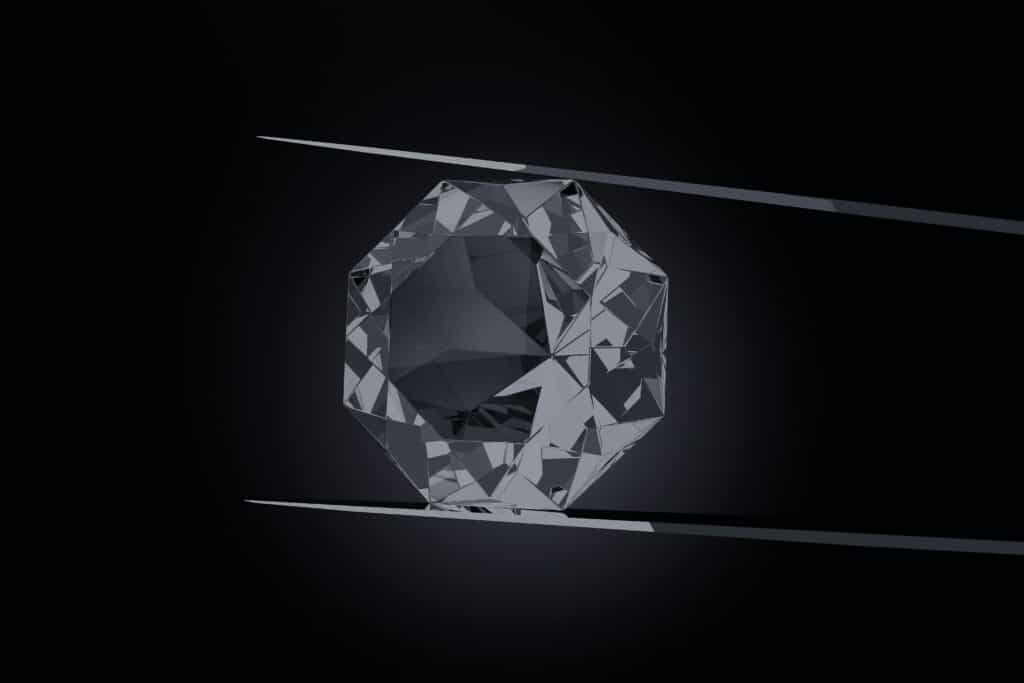
Inspect inclusions under 10x magnification.
Even “eye‑clean” diamonds can hide tiny inclusions visible only under magnification. We use a 10× jeweler’s loupe or a gem microscope to scan for pinpoint crystals, feathers, or clouds that might impact durability or brilliance. By examining the stone yourself, you verify that the clarity grade on the report accurately reflects what you see, giving you confidence in your investment.
Test sparkle in both daylight and LED light.
A well‑cut loose diamond should dazzle under all lighting conditions. Hold the stone near a sunny window to observe its natural fire and contrast, then switch to a bright LED bulb to check for consistent sparkle and scintillation. This dual‑lighting test reveals how the diamond’s cut quality performs in real‑world settings, so you won’t be disappointed when it’s set in jewelry.
